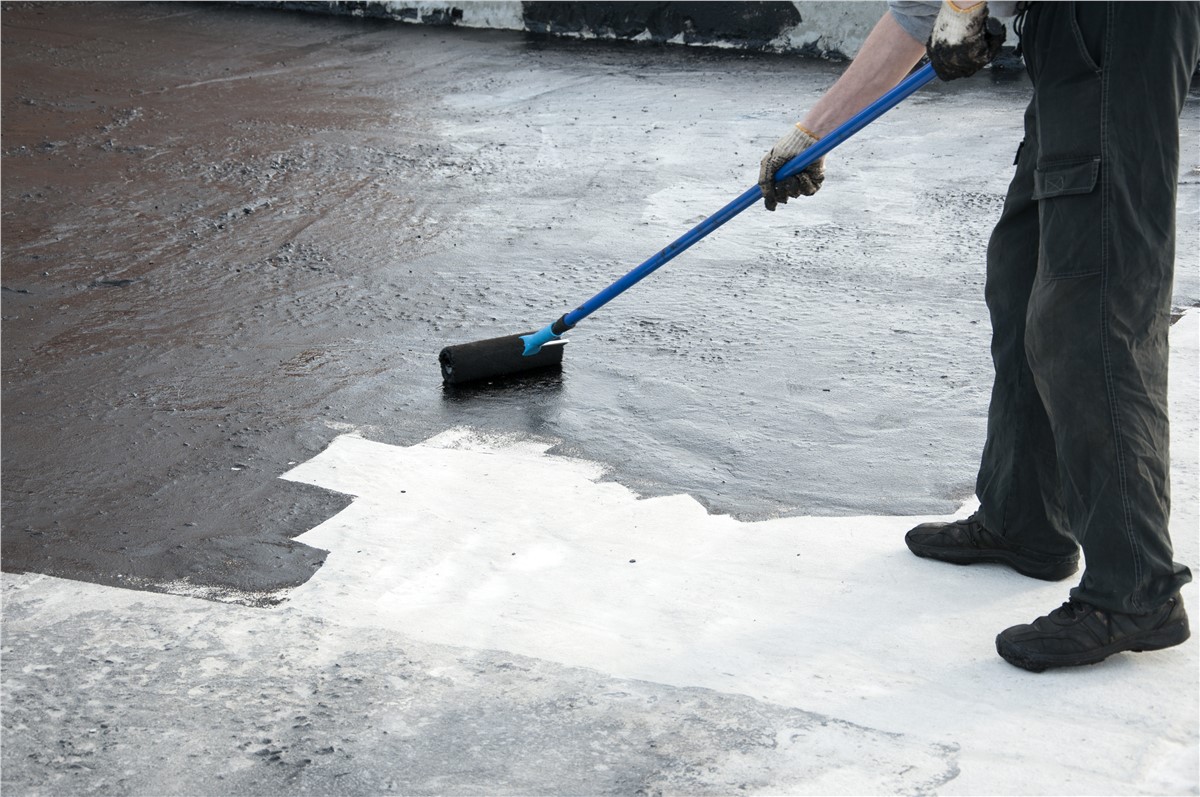Waterproofing is a crucial aspect of home maintenance that frequently gets ignored. Many homeowners fail to realize the value of keeping their homes safe from moisture damage, which can lead to expensive repairs and long-term structural issues. Understanding why waterproofing is essential for all home and structure is the first step towards guaranteeing a safe and damp-free environment for your family. With the ability to save thousands in repairs, the gains of waterproofing greatly surpass the initial cost.
In this comprehensive guide to waterproofing, we will discuss everything you need to know about shielding your house from water damage. Whether you're dealing with a dripping basement, a vulnerable roof, or humidity-prone areas like restrooms and kitchens, our guide will provide you with the insights you need to take action. From disproving common waterproofing myths to recognizing the signs that your home needs care, we have you included. Let's dive into the essential strategies for waterproofing success and make your house a fortress against moisture.
Comprehending the Essential Nature of Waterproofing
Water resistance is an critical aspect of house and infrastructure maintenance that often goes unnoticed. Without proper waterproofing, a property is susceptible to water damage, which can lead to structural issues, mildew development, and expensive fixes. By applying waterproofing methods, homeowners can safeguard their assets and enhance the overall durability of their structures.

One of the main reasons waterproofing is crucial is the stopping of liquid penetration. Whether it's through the footing, roof, or partitions, liquid can penetrate into a property, causing deterioration that may not be apparent at first. By addressing these potential entry points, property owners can avoid major financial burdens related to fixes and upgrades in the coming time. Not only does waterproofing guard against present risks, but it also serves as a anticipatory measure against future risks.
Additionally, effective waterproofing adds to thermal efficiency in buildings. When humidity is controlled, the chance of energy loss due to dampness is lessened, resulting in reduced heating and cooling costs. Putting money into waterproofing not only shields your home but also offers economic advantages through potential savings, making it an crucial consideration for any property owner.
Crucial Waterproofing Methods and Approaches
Effective waterproofing starts with a thorough evaluation of your home to recognize susceptible areas. For basements, applying waterproof paints and membranes on sides and floors can stop moisture infiltration. Interior solutions such as drainage systems and sump pumps aid manage water invasion by directing it away from vital areas. Additionally, making leaky basement that gutters and downspouts are working well can reduce water accumulation near your foundation.
When addressing with roofs, picking the appropriate waterproofing materials is important. Liquid waterproofing membranes are common for flat roofs, as they provide a seamless barrier against leaks. For sloped roofs, opting for quality waterproofing coatings can protect against harsh weather and prolong the durability of roofing materials. Regular maintenance is critical, including checking for cracks and ensuring seals around vents and chimneys are uncompromised.
In conclusion, waterproofing outdoor structures such as decks and patios requires specific techniques to enhance durability. Utilizing sealants formulated for exterior surfaces can prevent water damage and improve life span. For balconies and terraces, proper drainage systems are essential to stop water accumulating and resulting structural issues. By applying these techniques, homeowners can ensure comprehensive protection from moisture-associated problems.
Formulating Educated Choices: Do-It-Yourself vs. Professional Waterproofing
As you are choosing between DIY and expert waterproofing, it is crucial to assess your skills, the complexity of the project, and the possible risks involved. DIY waterproofing can be appealing due to the lower costs and the sense of achievement of completing a home improvement project. However, many homeowners underestimate the intricacies involved in properly waterproofing areas like basements or roofs. Errors committed during a DIY project can lead to greater issues down the line, which could costing more in repairs than if a professional had been hired from the start.
On the other hand, hiring a professional waterproofing contractor ensures that the job is completed properly and efficiently. Professionals bring specialized knowledge, specialized tools, and the availability of high-quality materials that the typical homeowner may not have. Moreover, they can identify latent issues that may not be immediately apparent to an untrained eye. This level of attention to detail can save homeowners time and costs over the long term by preventing problems such as mold growth, structural damage, and potential health hazards from leakage.
In conclusion, the decision between DIY and professional waterproofing should depend on your level of comfort with home improvement projects, the specific requirements of the waterproofing task at hand, and your budget. If the project is straightforward and you have the necessary skills, DIY may be the best option. Yet, for more complex challenges or if you are uncertain, investing in expert services is often the smarter choice, providing assurance and durable results.
